Cuisine Intensive: Southern Cooking: Essential Ingredients
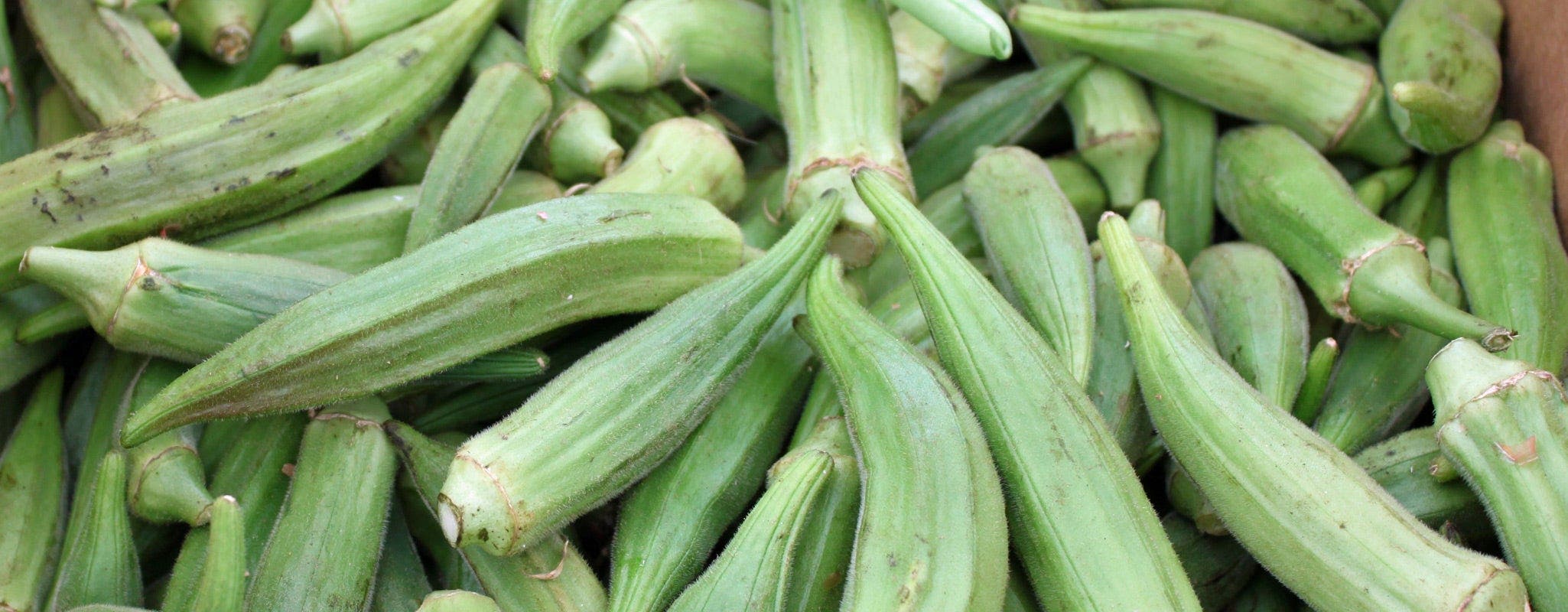

Starting Out Essential Ingredients Recipes
Traditional Southern cooking reflects an attitude of hospitality and frugality — nothing is wasted, which turns humble ingredients into dazzling abundance. Even the cooking techniques focus on long, slow preparations, the key to tenderizing tough cuts of meat and hearty vegetables.
Approach the ingredients and techniques that follow with affection and no rush, and you’ll be feasting Southern-style.
Ingredients
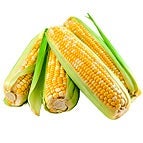
|
Corn Corn is one of two foods considered elemental to Southern cooking. The settlers at Jamestown, Virginia — America’s first permanent colony — learned to grow, cook and eat corn from Native Americans. Today it stars in dozens of traditional recipes, from cornbread and spoonbread to succotash and cornmeal-crusted catfish. When kernels are soaked in lye water and the hulls removed, what remains is called hominy. Dried and ground, hominy becomes grits, the porridge that appears on breakfast tables all over the region. |
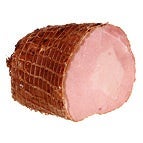
|
Pork British settlers sailed across the ocean with pigs on board — and today pork is at the very heart of Southern cuisine. From snout to tail, no part goes wasted: Hog jowls, ham hocks or salt-pork season pots of long-simmered beans, adding meaty flavor with relatively little fat. Pork shoulder roasts for hours in barbecue pits, until the meat pulls off the bone with a fork. And Virginia ham is famous around the world. |
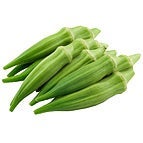
|
Greens and Other Vegetables No traditional Southern meal is complete without an array of vegetables: braised collard or mustard greens, stewed okra, pickled beets, green beans cooked until they’re so tender they hardly need chewing. Often vegetables are flavored with bacon grease, loads of butter, or cream, but as contemporary tastes have changed, so have the recipes. Lighter versions are now easy to find. |
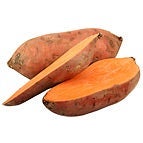
|
Sweet Potatoes Botanically speaking, sweet potatoes and yams are different foods. But in the hands of Southern cooks, they’re usually interchangeable. The two most popular dishes, Candied Yams and Sweet Potato Pie, are hardly waistline-friendly, but there are also countless puddings and casseroles with a little more caloric restraint. |
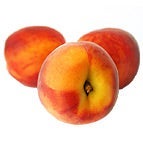
|
Fruit They’re used in cobblers, pies, compotes and fruitcakes, jams, preserves, relishes and jellies, and even some savory dishes — fruits of all kinds appear on the Southern table, and with a handful of exotic exceptions, they’re most likely grown in the region. Nowadays, ambrosia, a classic Southern fruit salad, often features pineapples, grapes, whipped cream and sometimes marshmallows, but the original dish was nothing more than oranges, coconut and perhaps a bit of sugar. |
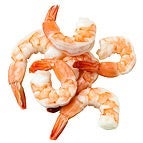
|
Fish/Seafood With so much territory near water — oceans, gulfs, lakes and rivers — it’s no wonder that seafood is a Southern staple. Think of New Orleans Crawfish Etouffée, Maryland Crab Cakes, Low Country Shrimp and Grits or the community fish fries and oyster roasts that take place all over the region. |
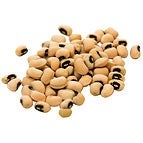
|
Beans For hundreds of years, beans have been a standby in the Southern kitchen: A large pot stewed with a small amount of smoked or salted meat provides an inexpensive, hearty source of protein. On New Year’s Day, Hoppin’ John, a dish of black-eyed peas cooked with rice, promises good luck; spring and summer bring fresh butter beans (what Northerners call lima beans); and throughout the year, dishes like Red Beans and Rice are devoured by the bowlful. |
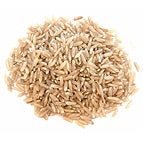
|
Rice For more info on these great grains, check out The Skinny on Rice. |
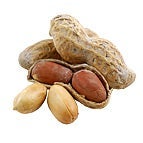
|
Nuts There’s lots to learn about peanuts, pecans and more in The Skinny on Nuts and Seeds. |

|
Buttermilk The lowfat, thick, tangy liquid left over after churning cream into butter, buttermilk has a long history in the South, where before refrigeration the warm climate caused milk to sour quickly. Commercial buttermilk is now made by adding cultures of bacteria to lowfat milk, but it’s still the key to lighter-than-air biscuits and tender fried chicken. |
Techniques
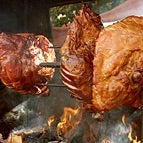
|
Barbecue The tradition of roasting meat (in the South, usually pork) long and slow in a pit lined with burning coals predates the colonies — Native Americans cooked that way before the first settlers arrived. Today, Southern barbecue is as varied as it is ubiquitous, served pulled or chopped, on the bone (usually ribs) or in slices, doused with sauce or served dry, to be sauced by the diner. In every case, that extended period in a smoky pit results in extraordinarily tender and flavorful meat. |
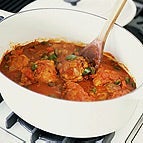
|
Stewing Just as a long stretch in a barbecue pit tenderizes meat, so does a long simmer in a covered pot. But stewing isn’t used only for meat — tough leafy greens and other vegetables break down after hours over low, moist heat. Brunswick stew, burgoo, gumbo and jambalaya are just a few classic Southern stews. Prepare meat stews a day ahead and refrigerate, then skim off the congealed fat. |
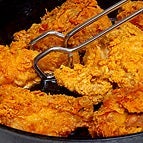
|
Frying It's hardly a technique low in PointsPlus® values, but you’ll find a cast-iron skillet filled with bubbling oil on many a Southern stove — in fact, there are festivals across the region devoted to the art of deep-frying. Traditionally, chicken, fish, green tomatoes and even apples are breaded or battered, then dropped gently into hot oil until golden brown. Get that crunchy coating without all the fat by “oven-frying” instead: bread the food, then place on a cooling rack inside a rimmed baking sheet and pop into a hot oven until crisp (cooking time will depend on what you’re making). |
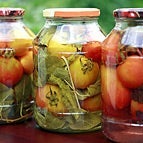
|
Pickling The Southern tradition of pickling foods in brine or flavored vinegar took hold thanks to the climate: During the hot summers, there was often such bounty that if food wasn’t preserved, it might spoil before it could be used. Beyond cucumbers, classic Southern pickles include peaches, watermelon rinds, beets, okra and the chopped mixture of green tomatoes, sweet peppers, cabbage and other vegetables known as chowchow. |
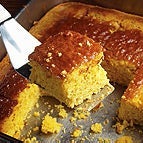
|
Baking In a region that retained its rural sensibilities until well into the 20th century, home baking was elevated to an art form. Biscuits, cornbread and pie are at the top of the Southern baker’s list of specialties, but you’d be sorry to miss Coconut Cake, Caramel Cake, and Lady Baltimore Cake, or Benne (sesame) Seed Wafers, Moravian Cookies and Pecan Tassies. It’s difficult to find an example of Southern baking that wouldn't be considered a splurge. |
